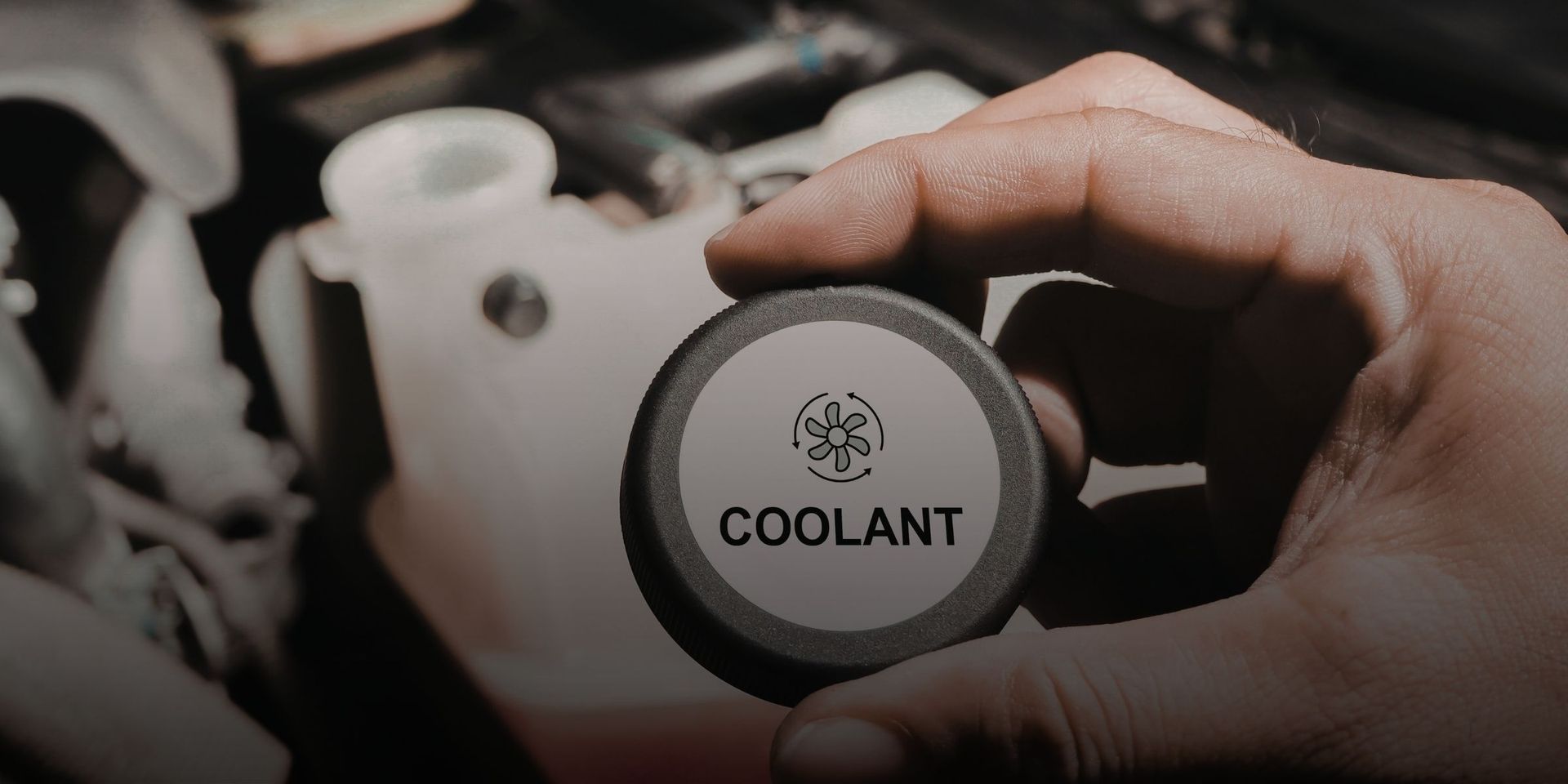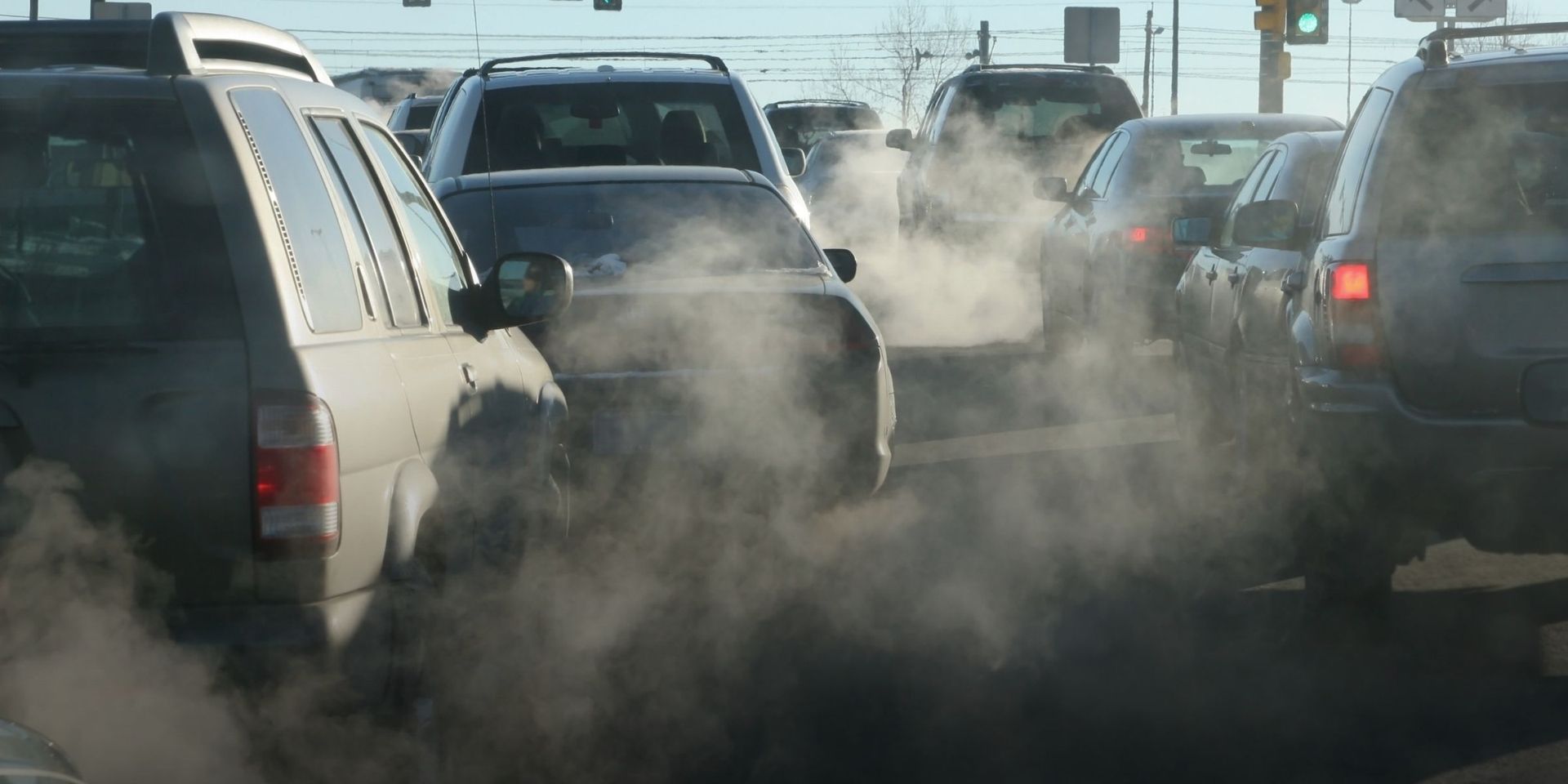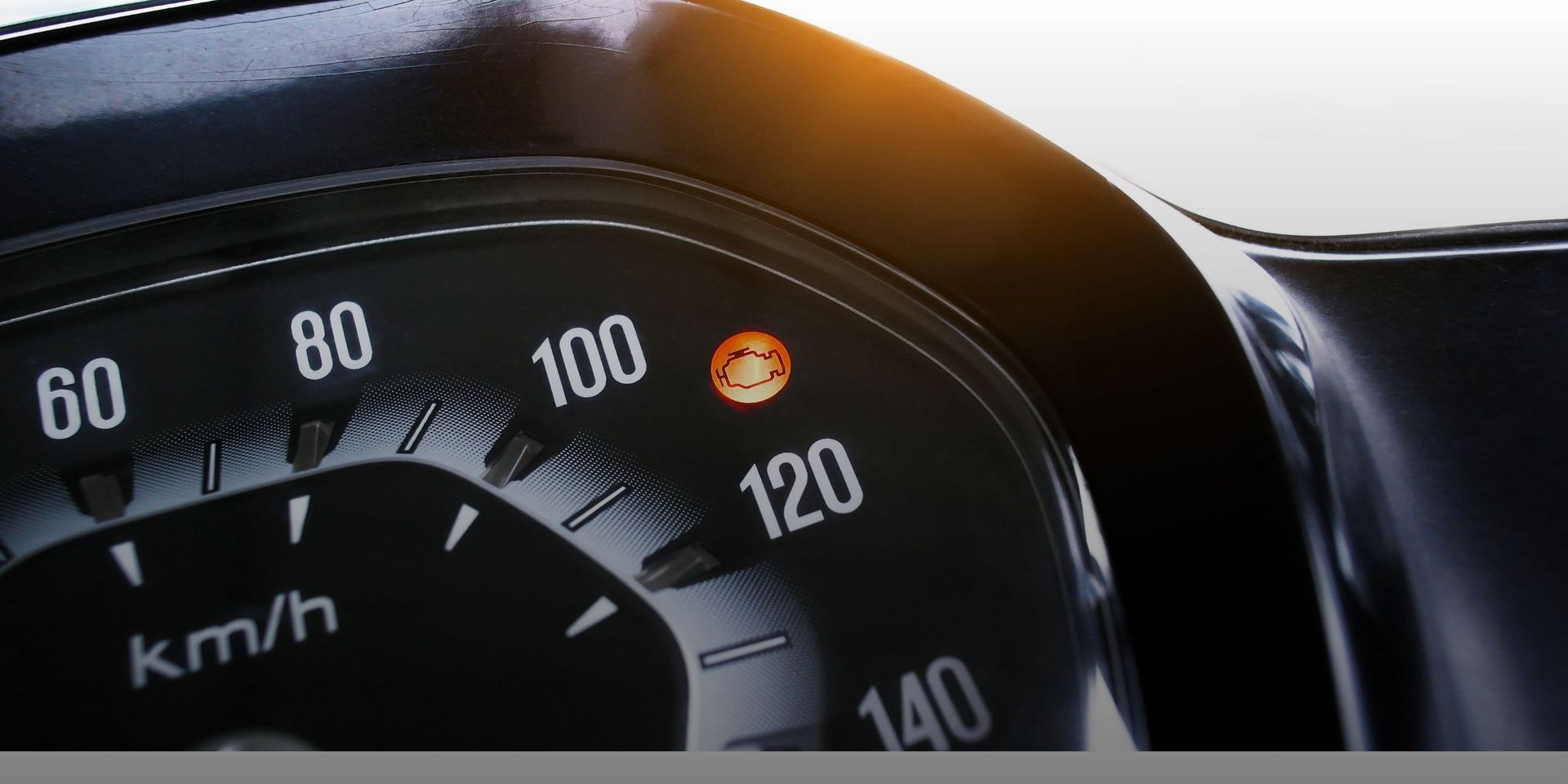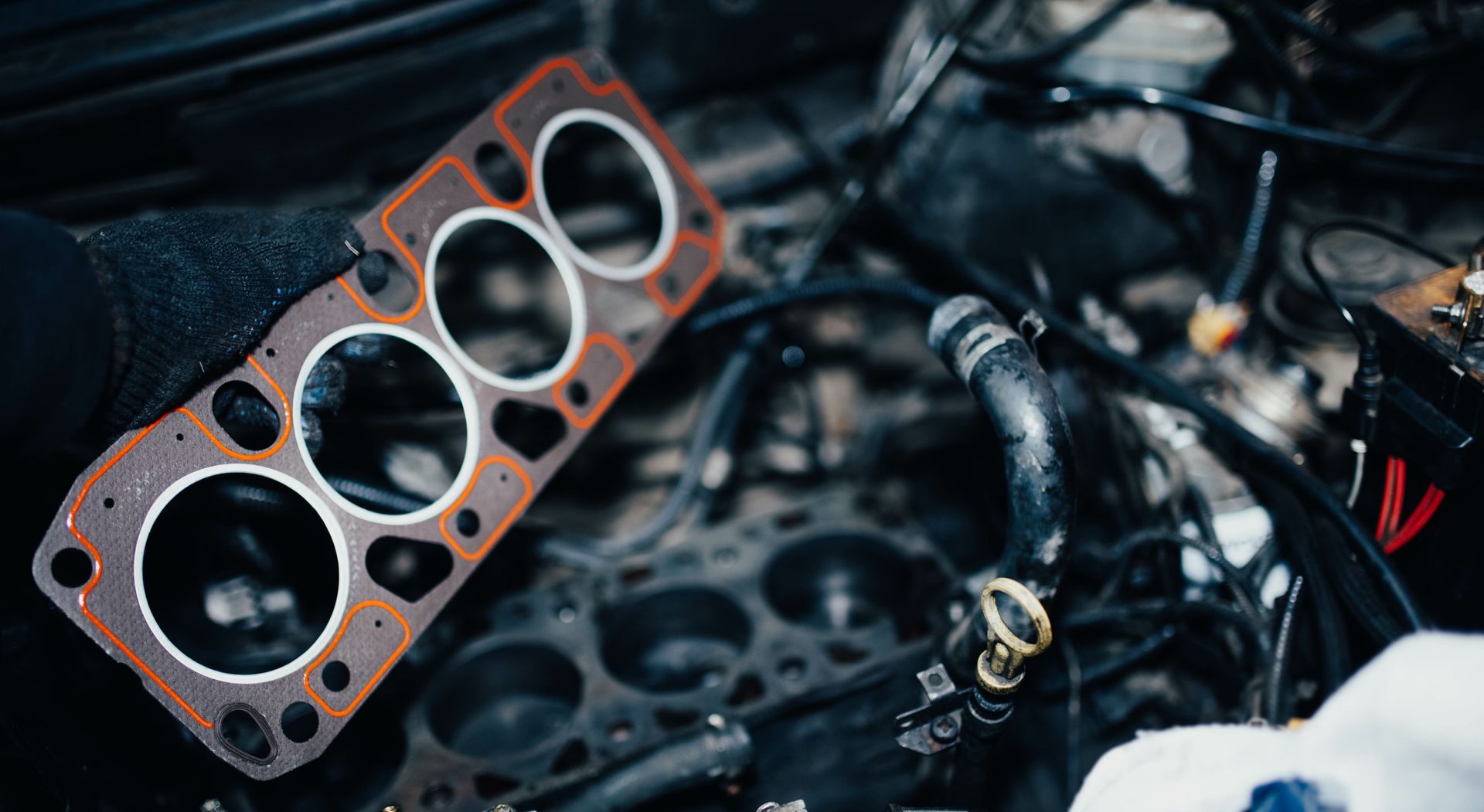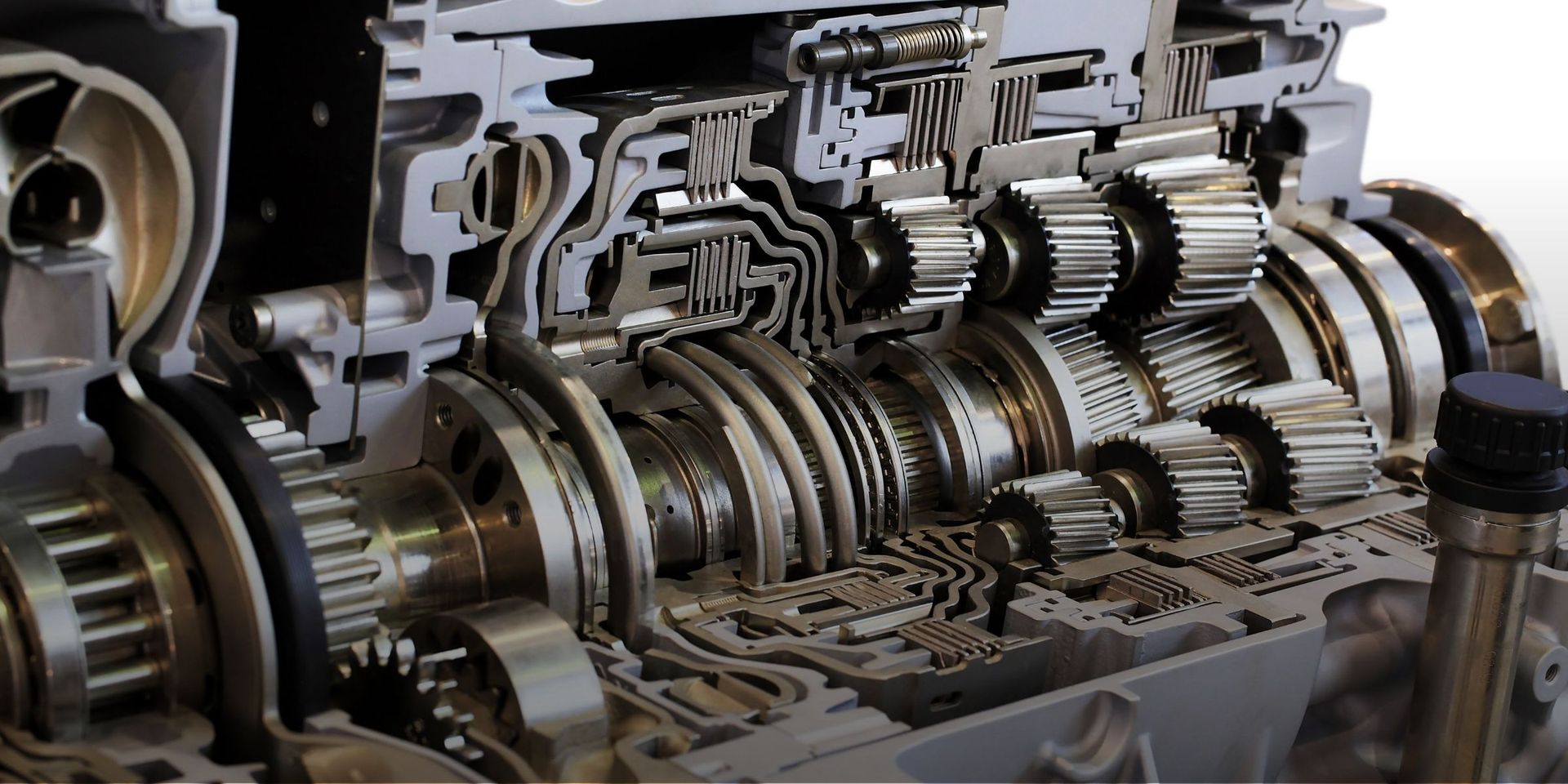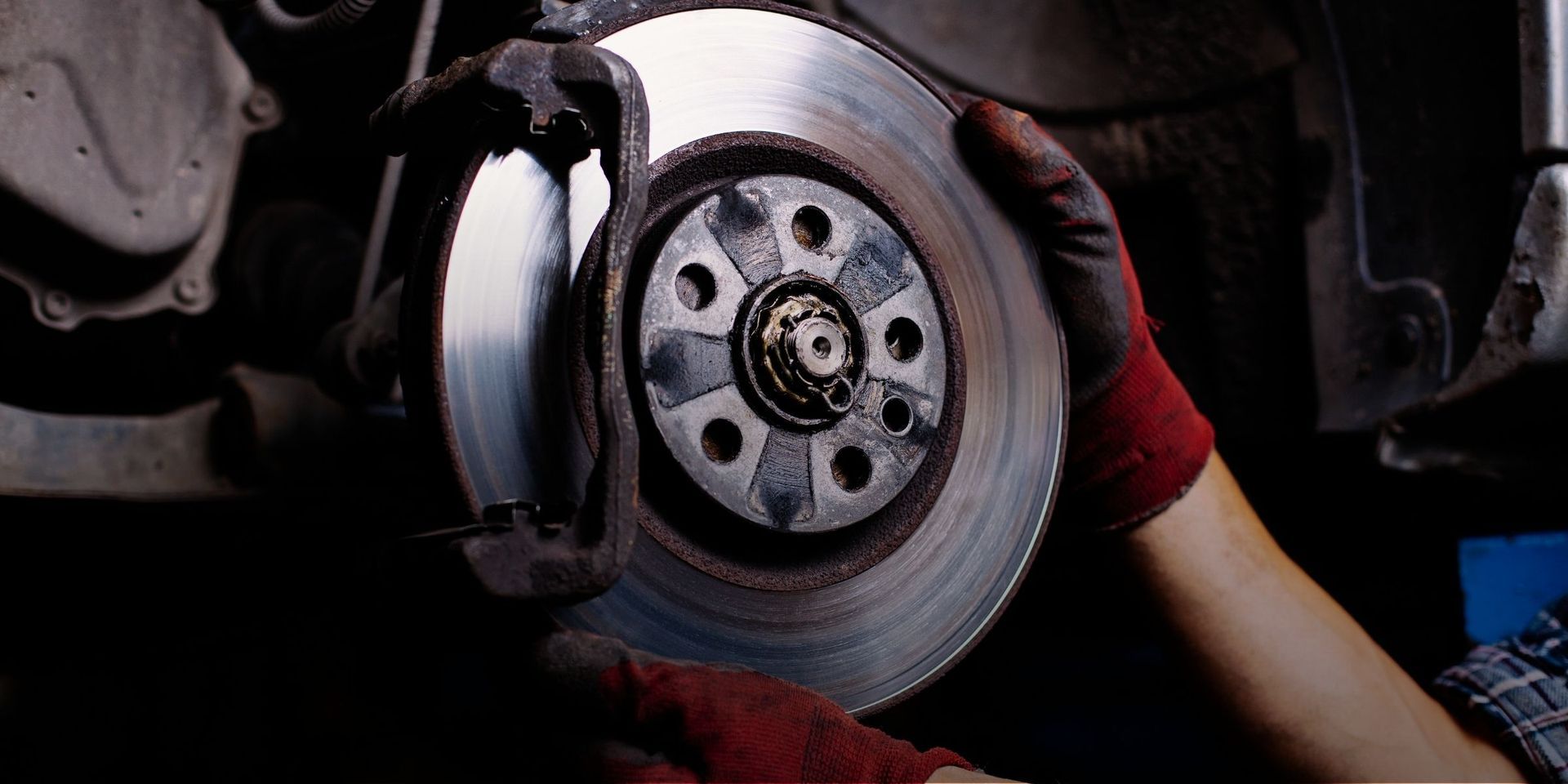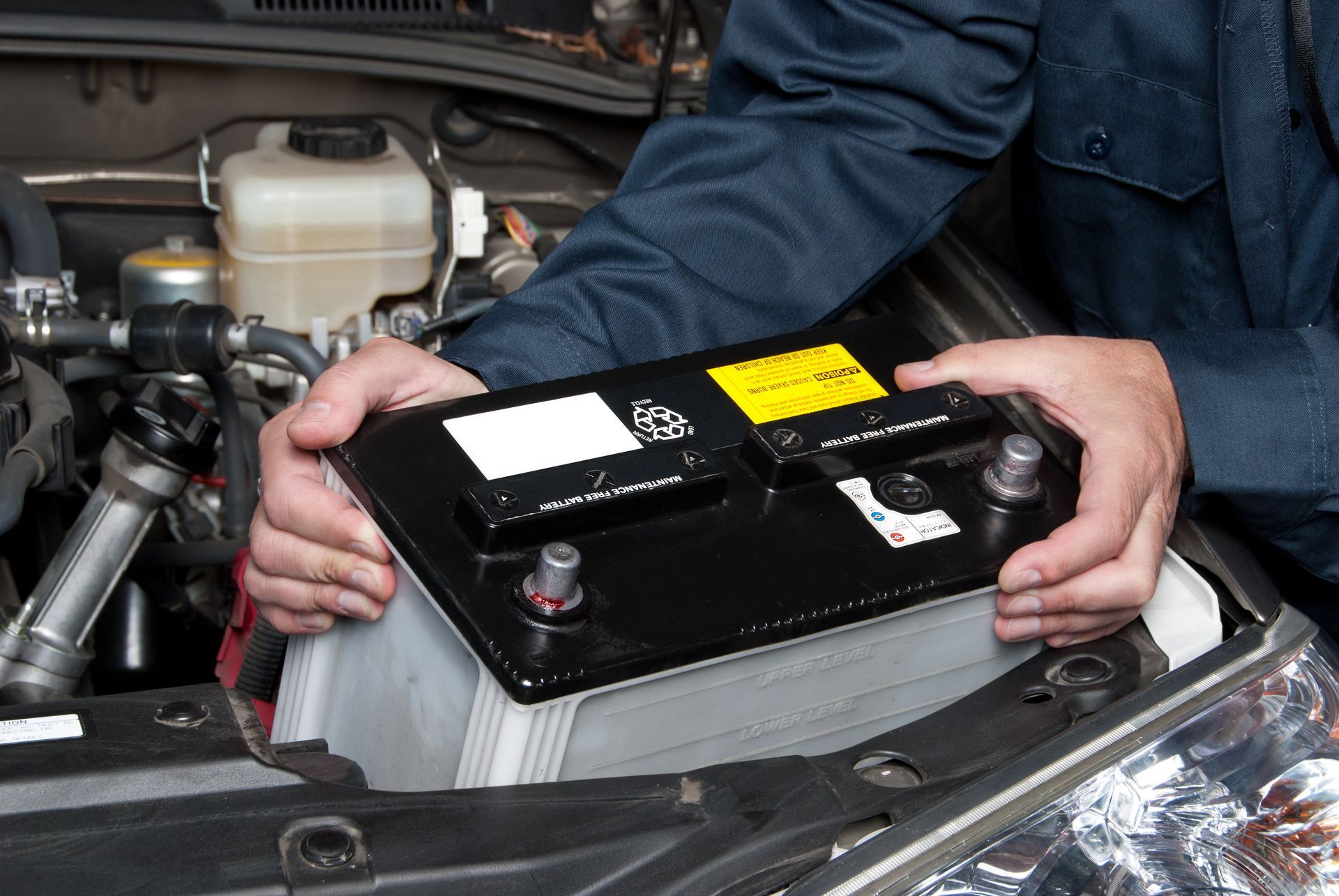If you’ve ever parked under a tree and later found sticky sap on your car, you know how frustrating it can be to remove it. Tree sap can harden quickly, making it difficult to wipe off with a regular wash. Worse, if left untreated, the sap can damage your car’s paint, glass, and even trim, leading to permanent stains and discoloration.
While getting rid of tree sap requires a little extra effort, the right techniques can help you safely restore your car’s surface without scratching or harming the paint. Here’s the best way to remove tree sap from your car and how to prevent it from becoming a recurring problem.
Tree Sap is Harmful to Your Car’s Paint
Tree sap isn’t just an eyesore—it’s a sticky, acidic substance that can break down your car’s clear coat and paint over time. When sap sits on your vehicle under the hot Georgia sun, it hardens and becomes even more difficult to remove. If ignored for too long, it can even cause permanent etching and staining, leading to expensive paint correction.
The longer sap stays on your car, the harder it is to remove. That’s why it’s essential to tackle the problem as soon as you notice it.
Best Methods for Removing Tree Sap from Your Car
1. Wash Your Car First
Before attempting to remove the sap, thoroughly wash your car with soap and water. This helps remove loose debris, dirt, and dust, preventing scratches when you start scrubbing the sap.
Use a microfiber cloth or sponge and avoid applying too much pressure—scrubbing too hard can damage your car’s clear coat. If the sap is fresh, this step alone may remove most of it.
2. Use Rubbing Alcohol or Hand Sanitizer
For sap that has dried and hardened, rubbing alcohol (isopropyl alcohol) or hand sanitizer is one of the safest and most effective ways to break it down.
- Apply a small amount of rubbing alcohol or hand sanitizer to a soft microfiber cloth.
- Gently press the cloth against the sap for 30 seconds to 1 minute to soften it.
- Wipe the area in circular motions until the sap comes off.
- Rinse with water and dry with a clean cloth.
This method is effective for small spots of sap and won’t harm your car’s paint when used properly.
3. Use a Commercial Sap Remover or Bug & Tar Remover
If rubbing alcohol doesn’t do the trick, a commercial sap remover or bug & tar remover designed for car surfaces can help. These products are formulated to break down sticky residues without damaging your paint.
- Spray or apply the sap remover directly to the affected area.
- Let it sit for a few minutes to loosen the sap.
- Wipe away with a clean microfiber cloth.
- Wash and wax the area to restore shine and protection.
This method works well for older or thicker sap buildup that has been on your car for a while.
4. Try Warm Water and Vinegar for Glass Surfaces
If tree sap is stuck on your windshield or windows, a mixture of warm water and vinegar can help dissolve it.
- Mix equal parts warm water and white vinegar in a spray bottle.
- Spray the solution on the sap and let it sit for a minute.
- Use a razor blade (at an angle) or a plastic scraper to gently lift the sap off the glass.
- Wipe the area clean with a soft cloth.
- Avoid using a razor blade on painted surfaces, as it can cause scratches.
5. Apply Wax or a Ceramic Coating After Removal
Once the sap is gone, your car’s paint may be more vulnerable to damage. Applying car wax or a ceramic coating creates a protective barrier, making it harder for sap to stick in the future.
How to Prevent Tree Sap Buildup on Your Car
While it’s not always possible to avoid parking near trees, these steps can help minimize sap exposure:
- Park in a garage or under a car cover when possible.
- Avoid parking directly under trees, especially during warmer months when sap flow is higher.
- Wash your car regularly to remove sap before it hardens.
- Apply a high-quality wax or ceramic coating to protect your paint from future buildup.
Sticky sap and debris can lead to bigger vehicle issues if ignored. Let
America’s Service Station check your windshield wipers, seals, and exterior components to keep your car in top shape—schedule your visit now!

